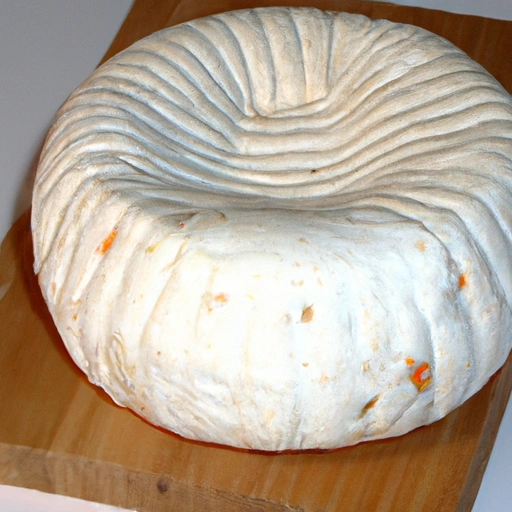Goat Cheese
Description

Goat cheese, also known as chèvre in French, is a delectable dairy product cherished for its creamy texture and tangy taste. Made from goat's milk, this cheese varies in consistency from soft and spreadable to firm and crumbly. Due to its distinctive flavor, goat cheese has become a favorite among chefs and home cooks alike, finding its way into a variety of dishes. It is available in various sizes, shapes, and degrees of aging, and may often be found adorned with herbs, spices, or edible rinds.
Common uses
Goat cheese is used in various culinary applications such as topping salads, spreading on crackers or bread, filling pastries, and flavoring sauces. Its creamy texture makes it an excellent choice for melting on pizzas or incorporating into scrambled eggs. The firmer varieties can be sliced and used in sandwiches or served as a part of a cheese platter.
Nutritional value
Calories
Typically, one ounce (28 grams / about 2 tablespoons) of soft goat cheese provides around 75 kilocalories (kcal).
Protein
Goat cheese contains about 5 grams of protein per ounce (28 grams), contributing to muscle maintenance and repair.
Fat
There are approximately 6 grams of fat in an ounce (28 grams) of goat cheese, with a mix of saturated and unsaturated fats.
Carbohydrates
Goat cheese is generally low in carbohydrates, with less than 1 gram per ounce (28 grams).
Vitamins
It provides a good source of Vitamin A and is also rich in B vitamins such as riboflavin (B2) and niacin (B3).
Minerals
Goat cheese is rich in minerals, particularly calcium, phosphorus, and potassium.
Health benefits
Goat cheese is easier to digest than cheese made from cow's milk due to the presence of A2 casein and smaller fat globules. It also contains probiotics that can improve gut health. The calcium and phosphorus in goat cheese are important for bone health, while the protein supports muscle function.
Potential risks
As with other cheeses, goat cheese is high in saturated fats, which should be consumed in moderation to maintain heart health. Those with lactose intolerance may find goat cheese easier to digest, although it still contains lactose. Additionally, individuals with a dairy allergy should avoid goat cheese altogether.
Common recipes
Goat cheese is featured in a variety of recipes including salads such as beetroot and goat cheese salad, appetizers like stuffed figs or crostini, and main dishes such as goat cheese quiche or pasta with creamy goat cheese sauce.
Cooking methods
It can be used in baked dishes, melted into sauces, or crumbled over finished meals as a garnish. Soft goat cheese can be whipped or blended for a smoother consistency.
Pairing with other ingredients
Goat cheese pairs well with fruits like figs, pears, and berries; honey; nuts; and crisp white wines such as Sauvignon Blanc or a dry Rosé.
Summary
Goat cheese is a nutritious and versatile ingredient that enhances a multitude of dishes with its unique, tangy flavor. With its rich history and numerous health benefits, it's a delicious addition to any kitchen, adaptable to various cooking methods and recipes around the globe.